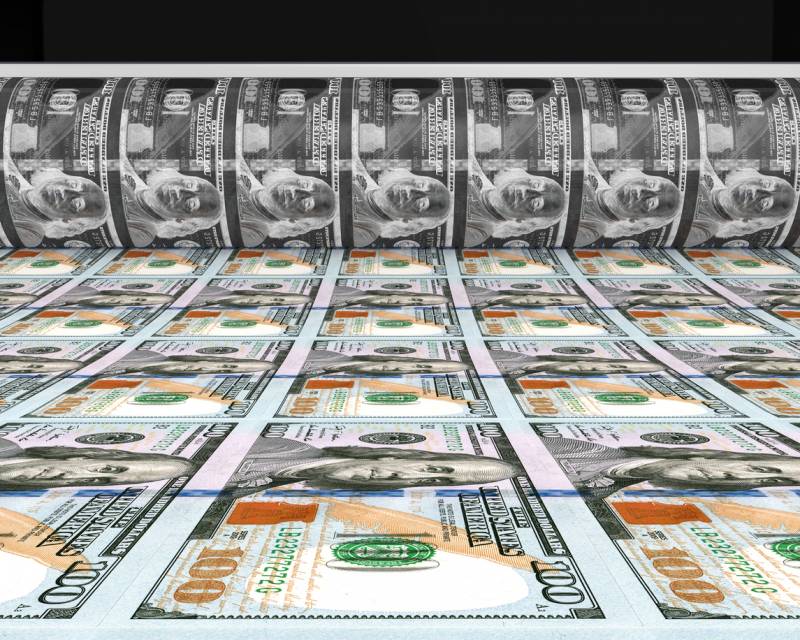Russia’s invasion of Ukraine is likely to increase inflation, Federal Reserve Chairman Jerome Powell said Thursday. Inflation was already on the rise in the U.S.: prices rose 7.5 percent in January compared to last year, the highest inflation rate since the early 1980s. The word inflation often invokes the specter of the 1970s, a time of economic crisis, energy shocks, and the fracturing of the post-war social contract. The historical analogy also suggests some courses of action — like cutting government spending and raising interest rates. But are the 2020s, with our pandemic related supply shortages and Great Resignation, so similar to the 1970s? And if not, how should we be thinking about our inflation? We’ll be joined by a historian and an economist who will help us think through what rising prices have meant and what they mean today.
How the History of US Inflation Can Help Us Understand Today’s Economy

(iStock)
Guests:
Meg Jacobs , senior research scholar in History and Public Affairs, Princeton University
J.W. Mason, economist, Roosevelt Institute; professor of economics, John Jay College at the City University of New York
Sponsored